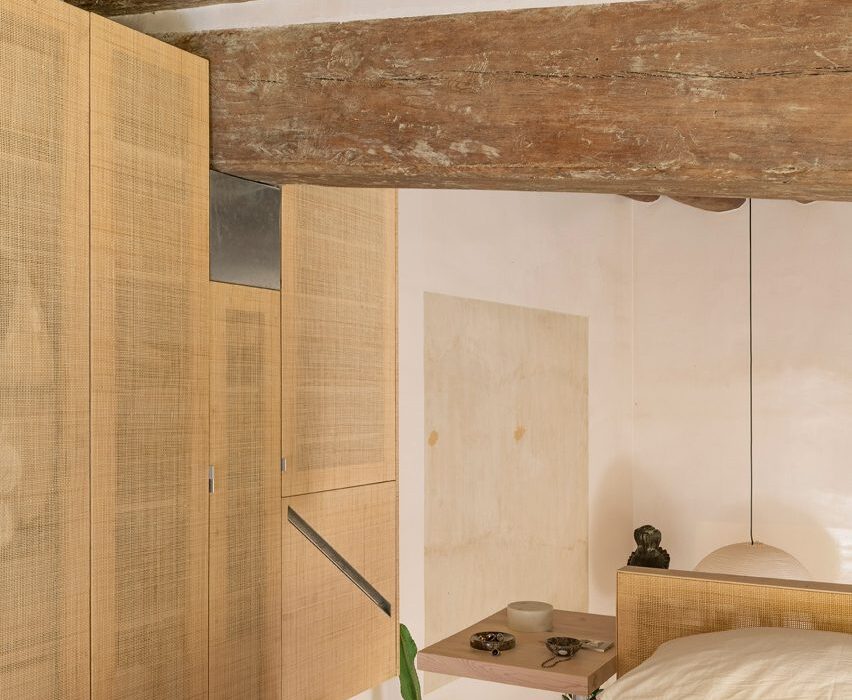In this lookbook, we collect eight interiors informed by the Japanese design philosophy of wabi-sabi, which celebrates imperfection and impermanence.
Notoriously difficult to define, wabi-sabi is a concept rooted in Zen Buddhism that author Beth Kempton describes as helping us “to see beauty in imperfection, appreciate simplicity and accept the transient nature of all things”.
In interiors, it is often associated with the blending of rustic and minimalist elements as well as natural, earthy tones and raw surfaces. Below are eight interpretations of the aesthetic from around the world.
This is the latest in our lookbooks series, which provides visual inspiration from Dezeen’s archive. For more inspiration see previous lookbooks featuring Japandi living rooms, bedrooms with earthy colour palettes and calming organic-modern interiors.
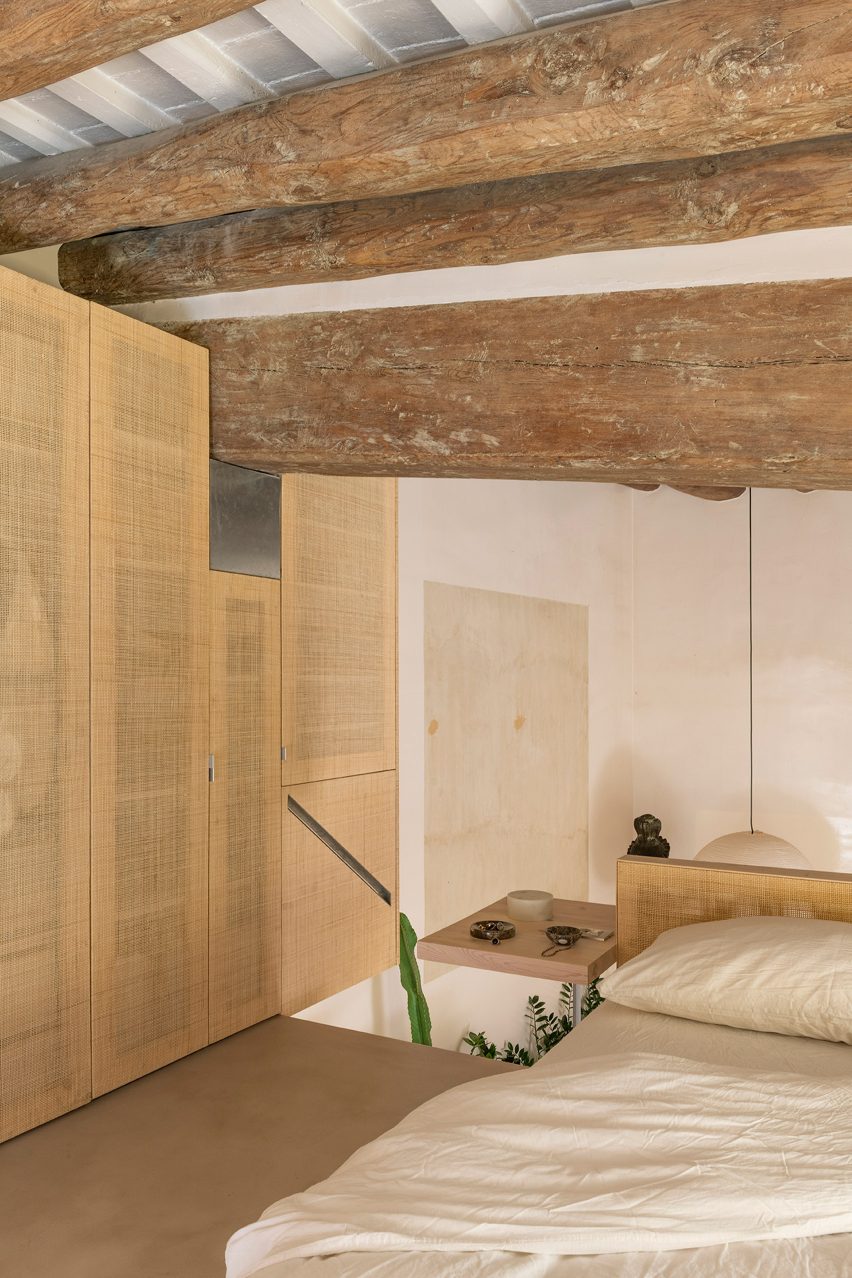
Palau apartment, Spain, by Colombo and Serboli Architecture
Barcelona studio Colombo and Serboli Architecture sought to highlight the “imperfect” features of this apartment in a renovation project.
Rough-textured wooden beams were left exposed, with the contemporary elements prioritising sturdy, simple shapes like circles and squares.
Find out more about Palau apartment ›
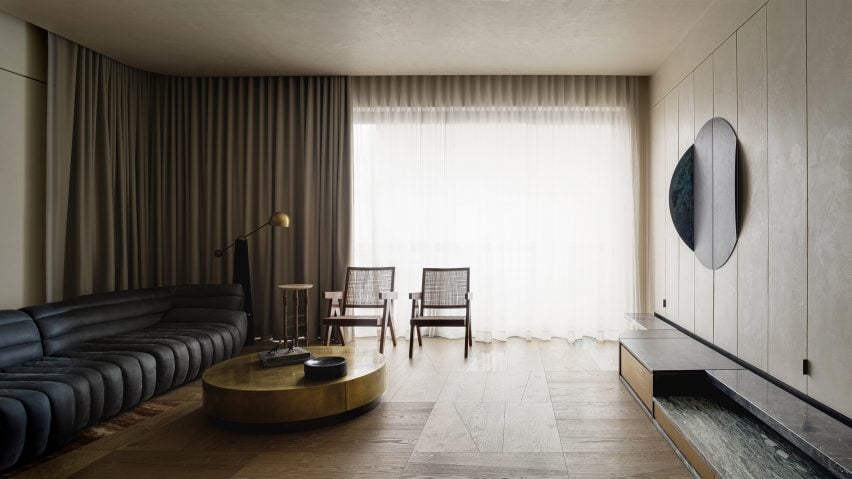
Imperfect Residence, Hong Kong, by NC Design & Architecture
Grainy wood and veiny marble come together as symbols of nature’s flaws at Imperfect Residence in Hong Kong.
NC Design & Architecture also introduced finishes such as oxidised bronze and textured plaster to heighten the feeling of a sanctuary in the city.
Find out more about Imperfect Residence ›
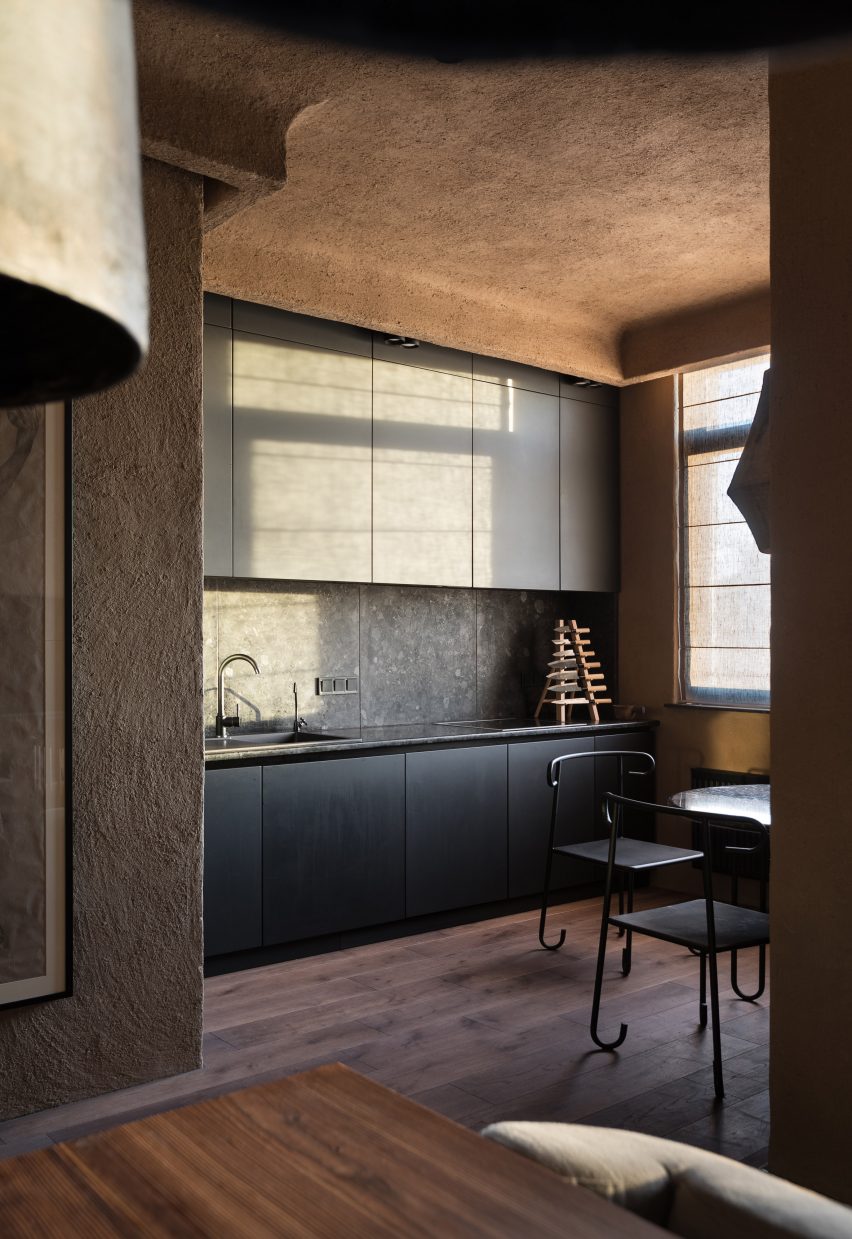
Kyiv apartment, Ukraine, by Sergey Makhno
Ukrainian architect Sergey Makhno is among the key European practitioners of the contemporary wabi-sabi style.
He applied the concept at his own apartment in Kyiv (top and above), installing oak beams in the living room alongside furniture specifically designed for the home to complement his collection of ancient Eastern European ceramics.
Find out more about this Kyiv apartment ›

C4L House, Japan, by Cubo Design Architects
Traditional Japanese materials sit alongside contemporary finishes at this house in Tokyo designed by Cubo Design Architects.
“We believe houses that are rooted in an understanding of Japan’s cultural context and a respect for the skills and innovations of our ancestors, which can nevertheless be passed onto future generations, are the kind of houses we should be building in Japan today,” said founder Hitoshi Saruta.
Find out more about C4L House ›
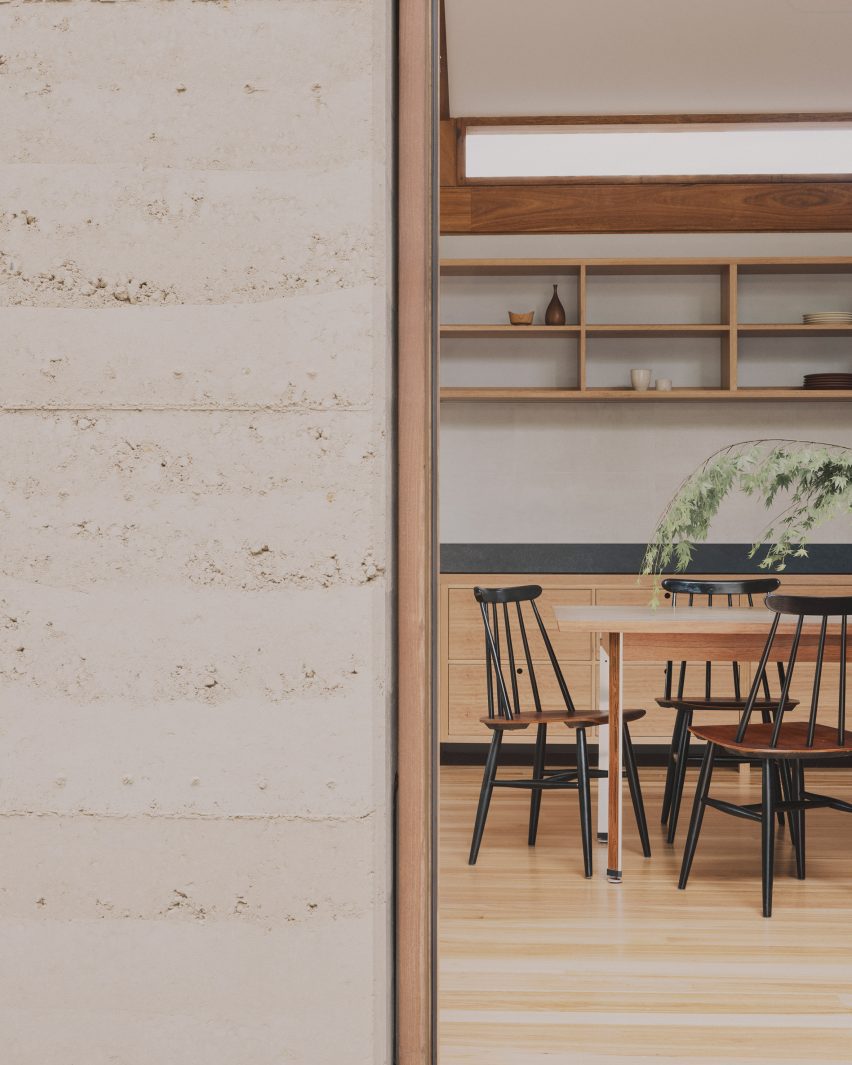
Butterfly House, Australia, by Dane Taylor Design
This home on the coast of New South Wales was designed to have a therapeutic effect for its owner, who lives with multiple sclerosis.
Dane Taylor Design interpreted accessible design principles through a wabi-sabi lens, using a warm material palette and understated furniture pieces.
Find out more about Butterfly House ›
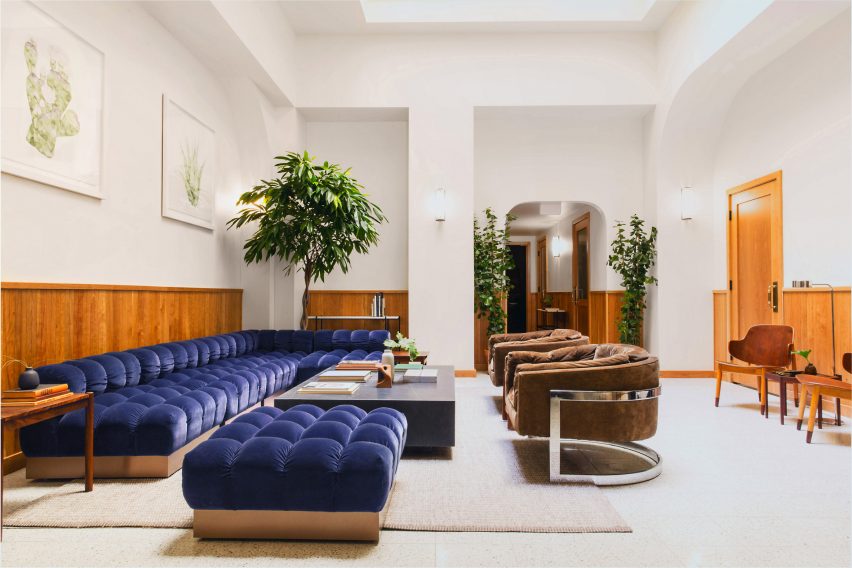
Tilden Hotel, USA, by Studio Tack
Brooklyn design firm Studio Tack decided to evoke wabi-sabi in its revival of this art-deco hotel in San Francisco.
In a subtle nod to the philosophy, clean lines were mixed with organic textures throughout the distinctly modernist interior.
Find out more about Tilden Hotel ›
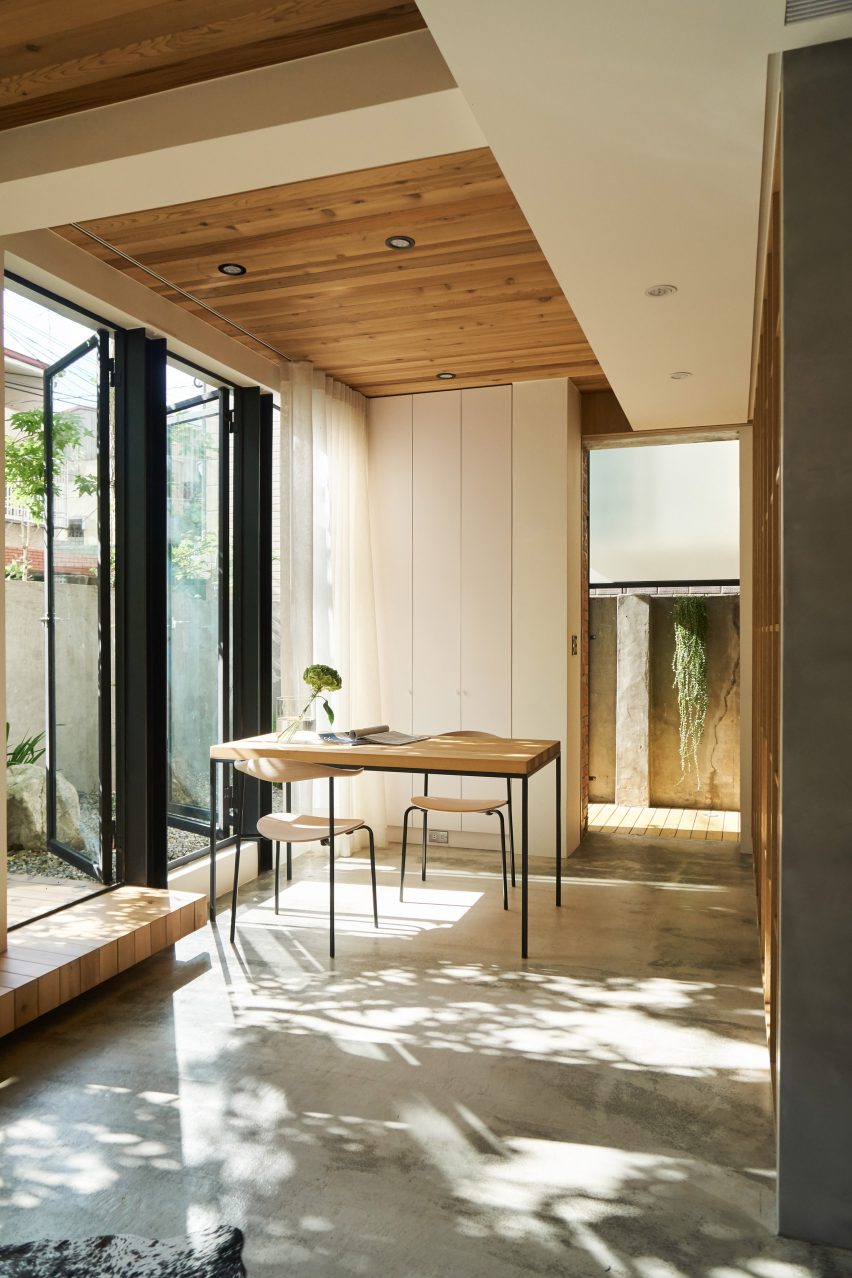
Wabi-Sabi House, Taiwan, by Soar Design Studio and Chen-Tien Chu
Taiwanese practice Soar Design Studio and architect Chen-Tien Chu created an open-plan layout when renovating this house in Taichung, allowing all the spaces to have a connection to the outdoors via a series of garden terraces.
In the lounge area, the wooden deck extends from the outside into the room, enhancing the feeling of nature being invited in.
Find out more about Wabi-Sabi House ›
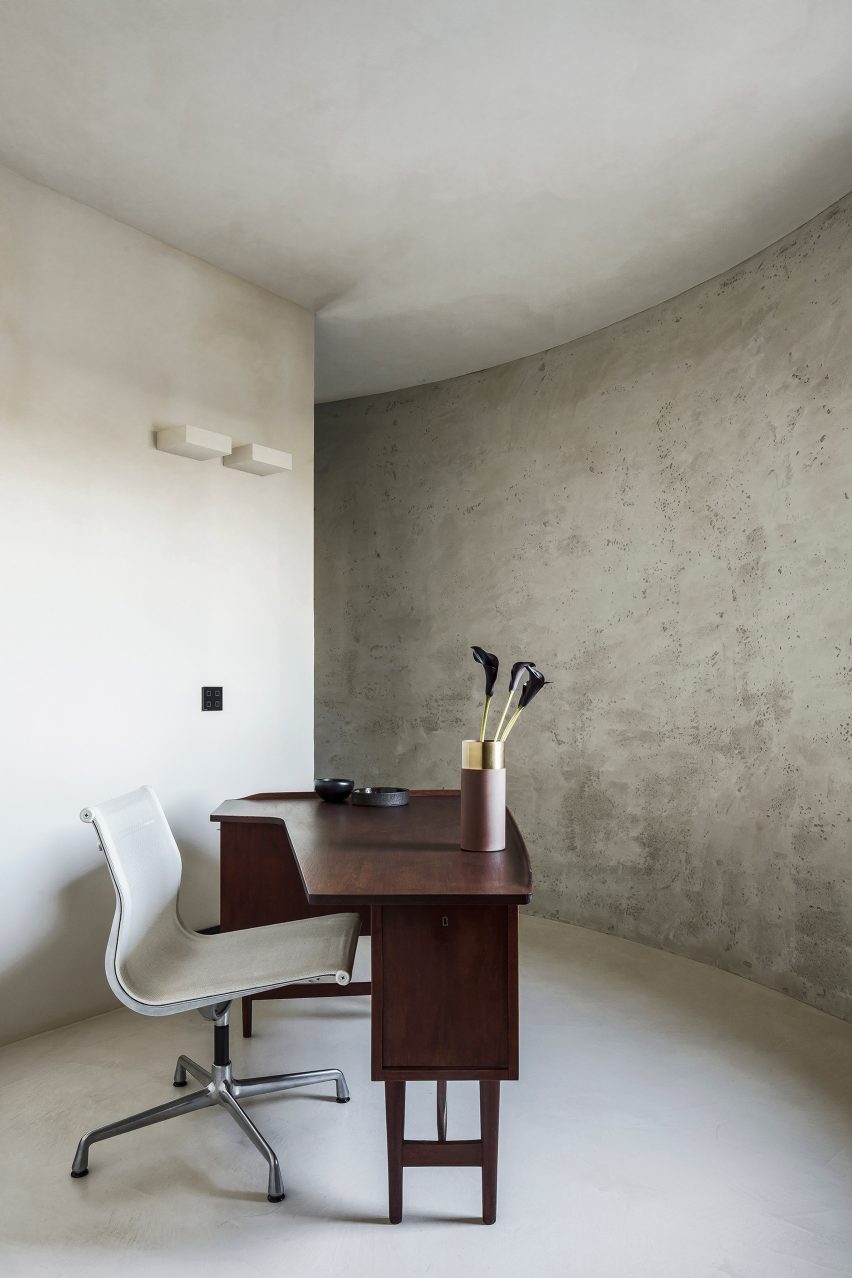
Silo apartment, Belgium, by Arjaan De Feyter
Belgian interior architect Arjaan De Feyter is another prominent proponent of wabi-sabi design, as seen in his renovation of this apartment that occupies the former silos of a distillery outside Antwerp.
Here, he left the structure’s curving concrete walls exposed and applied a micro-topping surface to the floors while installing bespoke oak furniture designed in collaboration with Tim Vranken.
Find out more about Silo apartment ›
This is the latest in our lookbooks series, which provides visual inspiration from Dezeen’s archive. For more inspiration see previous lookbooks featuring Japandi living rooms, bedrooms with earthy colour palettes and calming organic-modern interiors.

